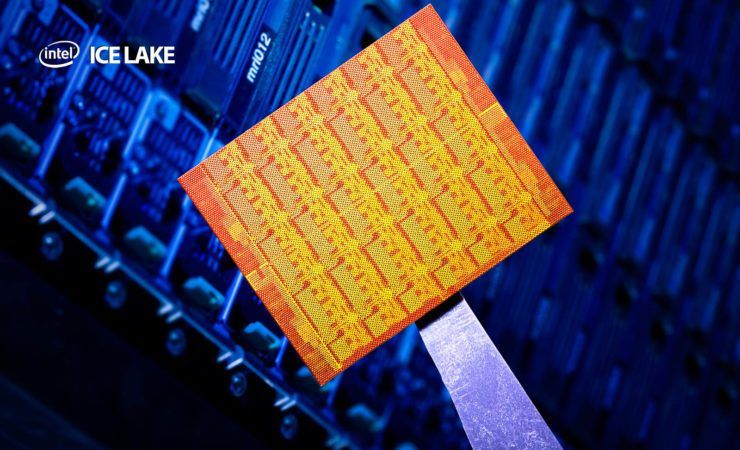It has been reported that the Intel Ponte Vecchio GPU will use TSMC’s low-cost 6nm process. The leak originally came from a DigiTimes article and has since been confirmed by the China Times. Intel’s involvement in the migration of key products to TSMC is enormous, and the report even indicates that talks are being held about switching Intel CPUs to this manufacturer.
Intel Ponte Vecchio to be manufactured with TSMC’s 6nm process
Intel’s 10nm process is actually better than TSMC’s 7nm process (MTr/mm2) and is roughly comparable to TSMC’s 6nm process. This means that products made with TSMC’s 6nm process (a lower cost, optimized version of 7nm) will have approximately the same density as an Intel 10nm device.
This is problematic because Intel’s 7nm is expected to have an even higher MTr/mm2 and could affect the footprint of projects that rely on the Ponte Vecchio as an Aurora supercomputer.
It is worth noting that according to semiconductor industry sources, the volume of Intel’s GPUs that will be outsourced to TSMC [i.e. Ponte Vecchio] in 2021 is not high and the less expensive 6nm process should be used. For CPUs, plans are underway to collaborate on 5nm and 3nm nodes.
Overall, while TSMC has made further progress in securing Intel outsourcing contracts, the actual business is not expected to materialize until the second half of 2022 and will be mainly CPU-based. As for GPUs to be introduced in 2021, Intel may withdraw from the market again if they cannot compete favorably with NVIDIA and AMD.
The Chinese publication confirmed that TSMC’s 6 nm process has received orders from Intel for Intel wafers, which are likely to be used for the production of Ponte Vecchio on a node that is roughly equivalent to Intel’s 10nm process in terms of MTr/mm2.
